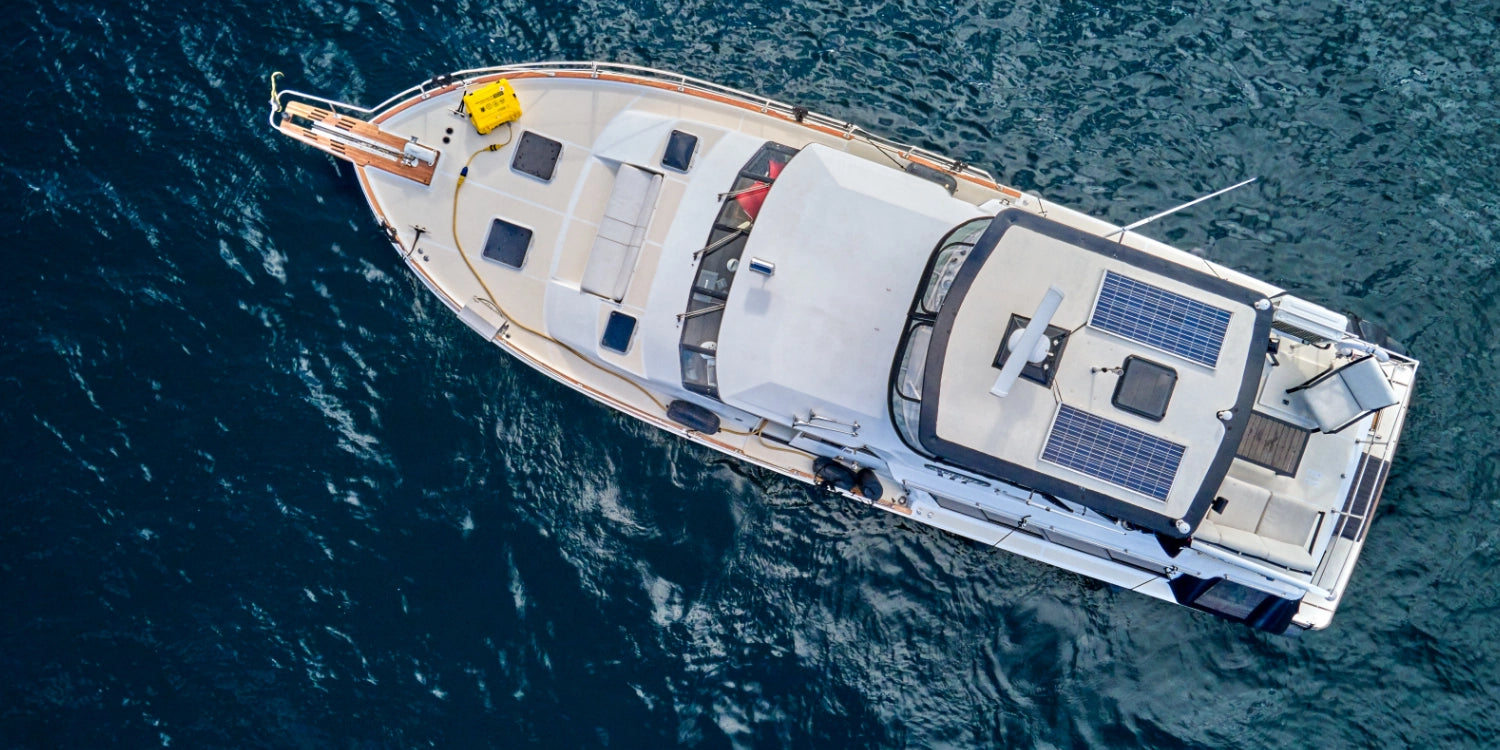Your Cart is Empty
Shop
Want to shop our products in person? Find an HPS dealer or installer near you.
Find a Dealer >
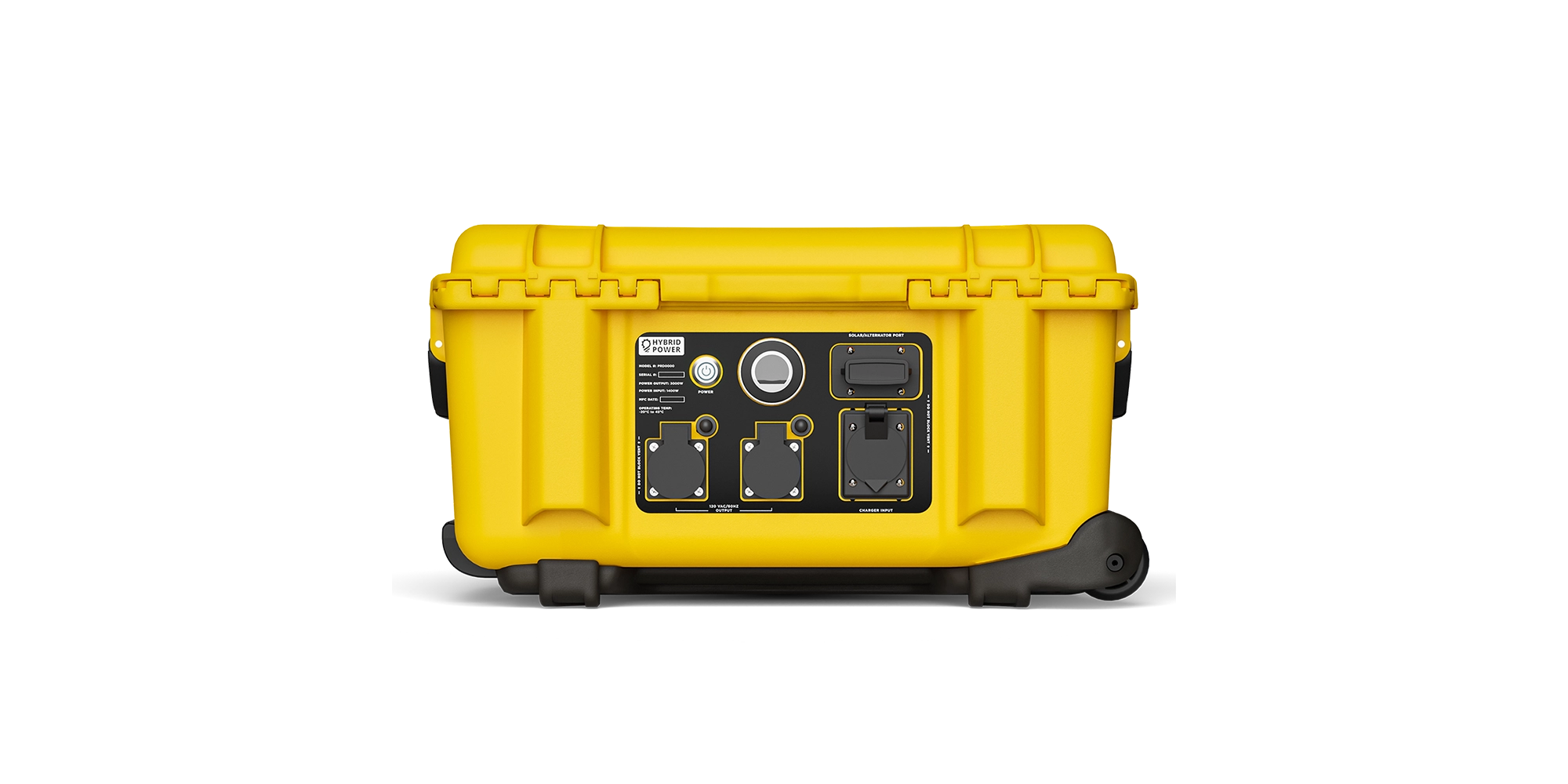
Portable Power Packs

Accessories
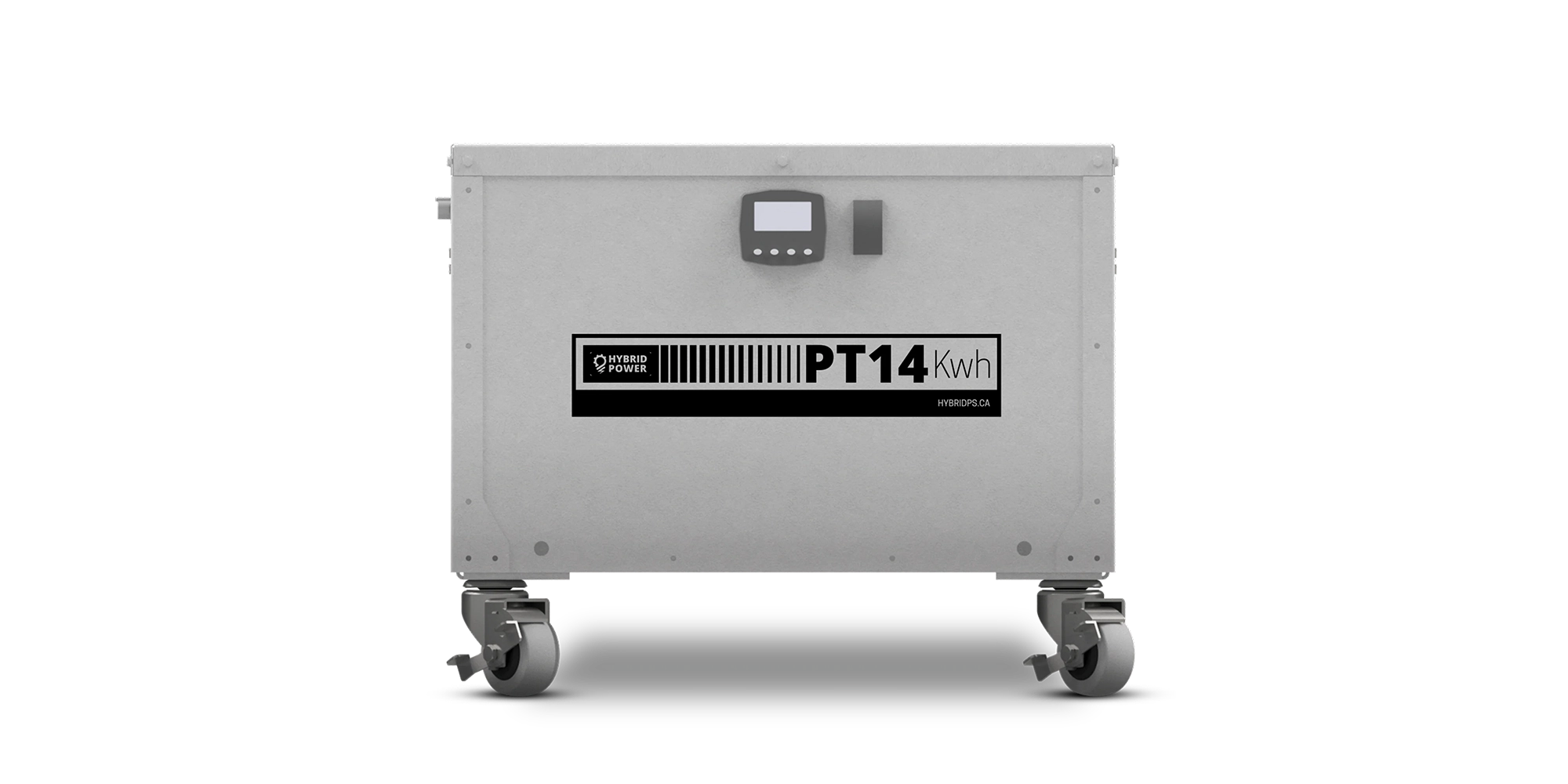
Solar Batteries
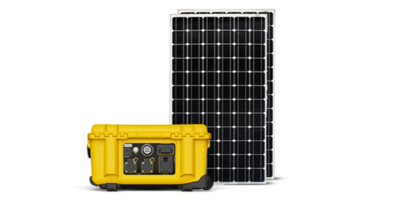
Second Chance
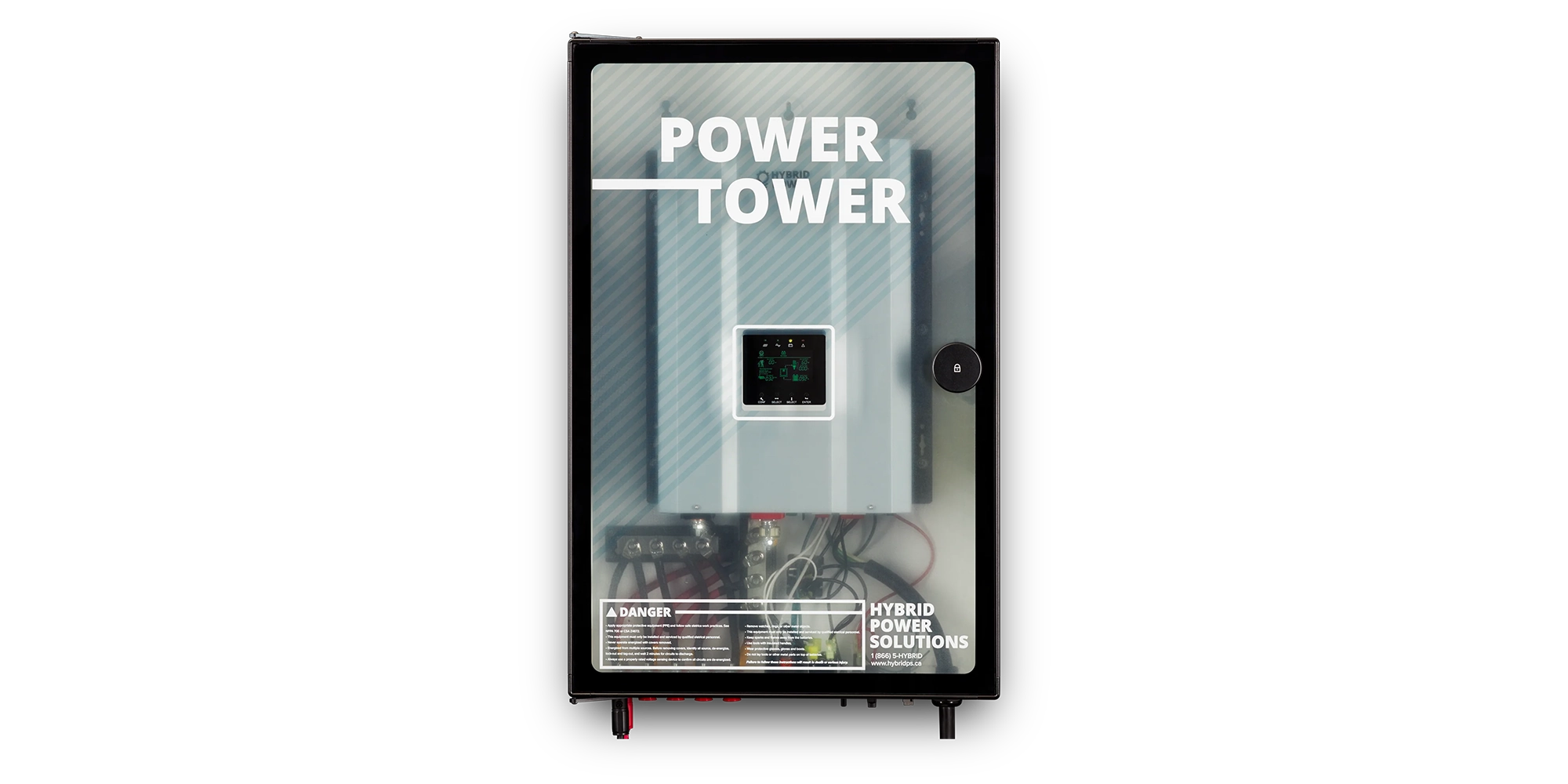
Solar Inverters

Gear
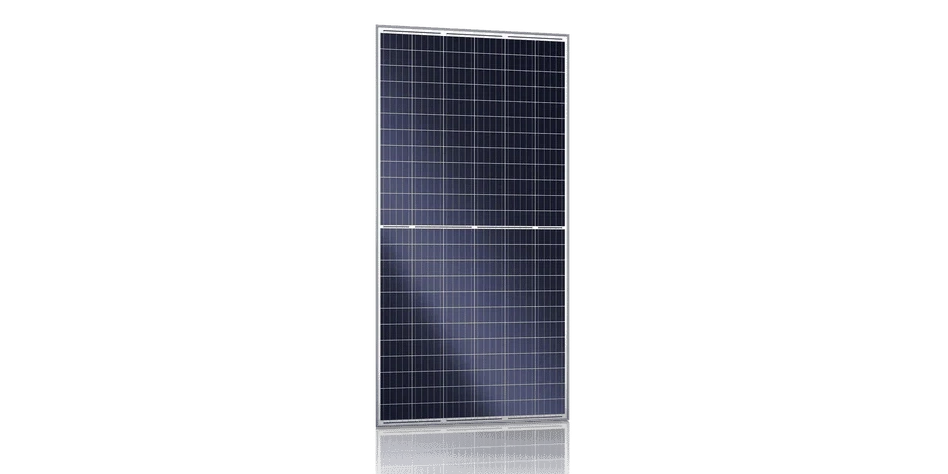
Solar Panels
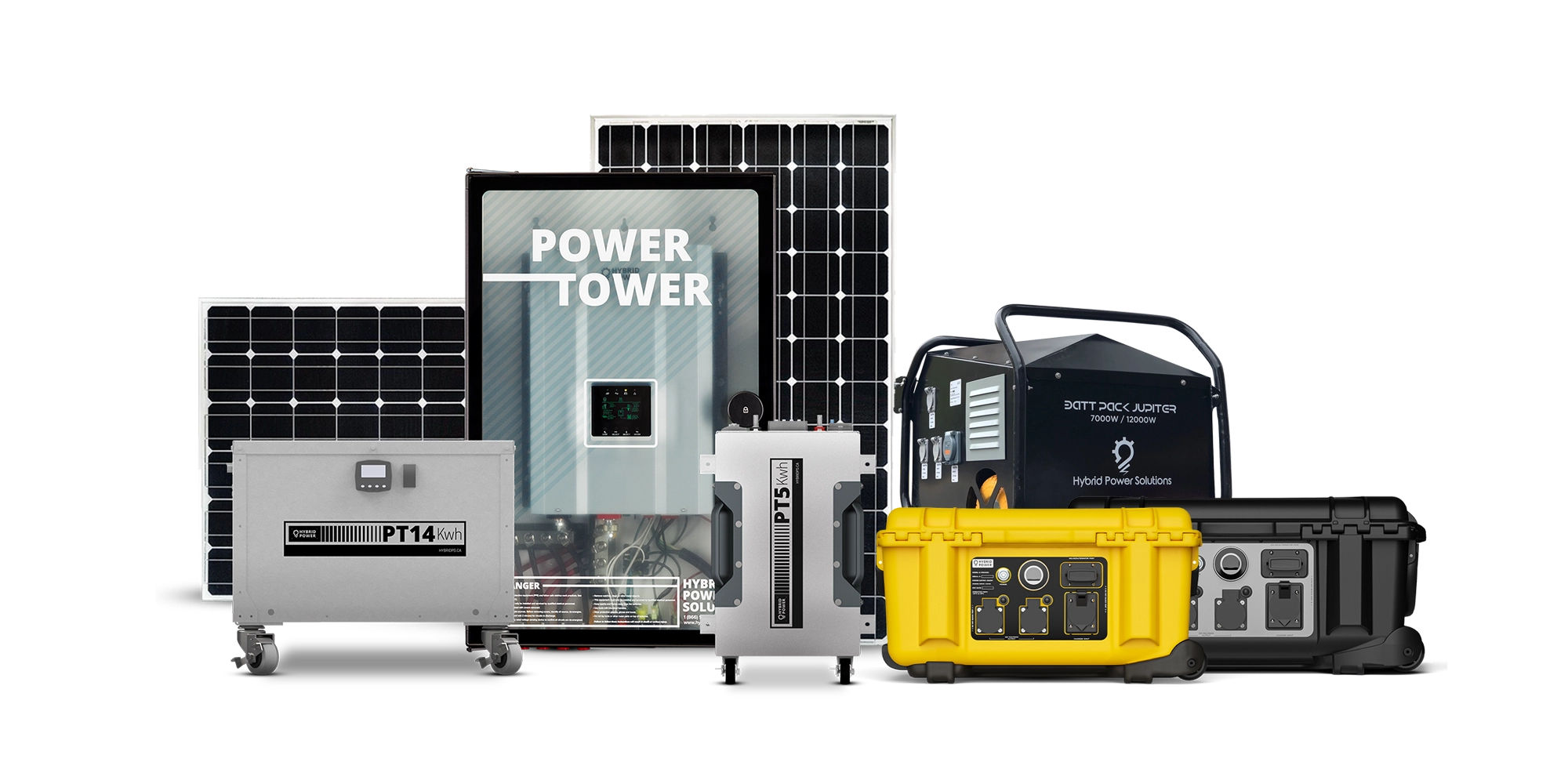
Shop All
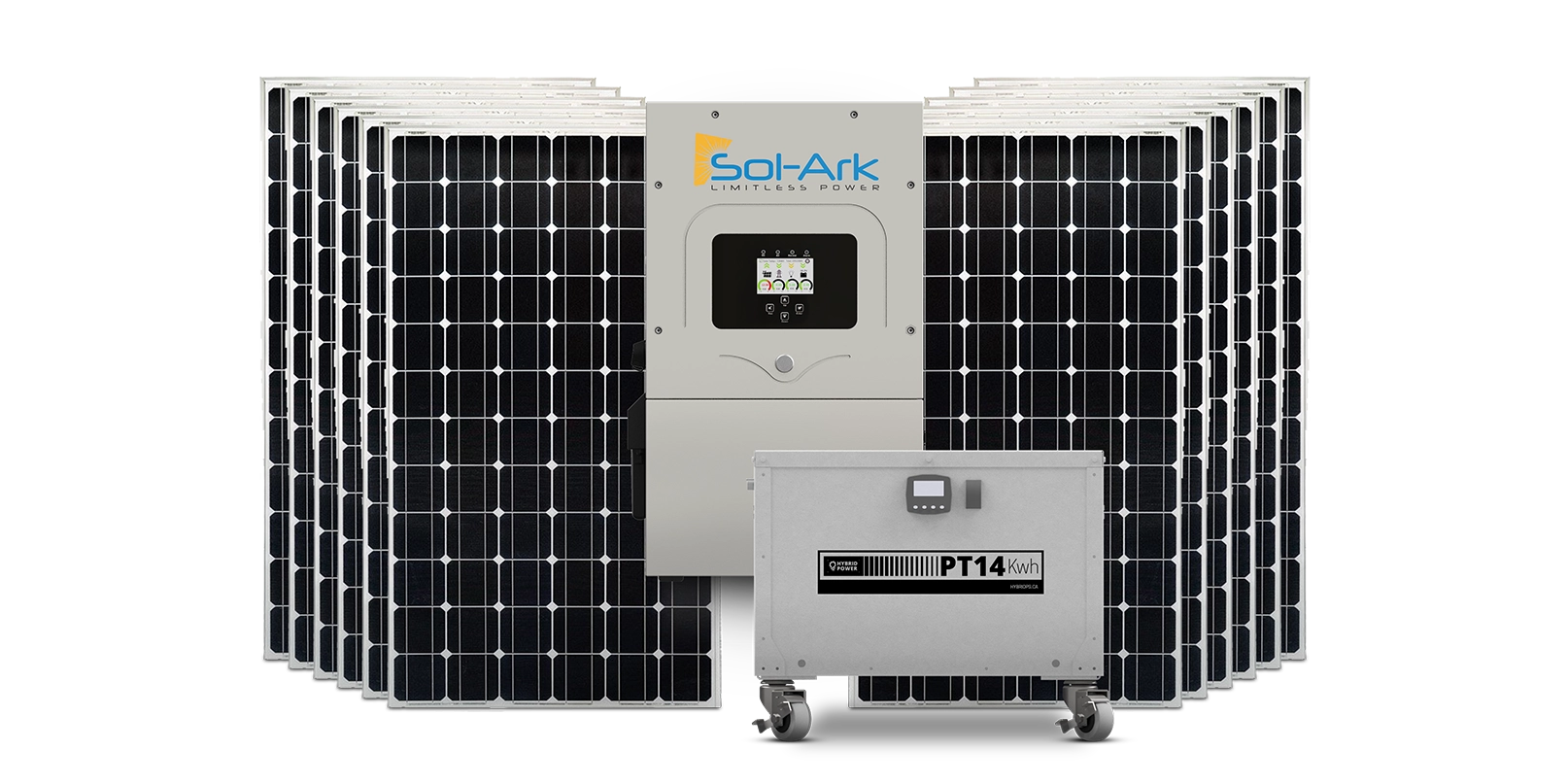
Solar & Backup Power Kits
Shop Local
Want to shop our products in person? Find an HPS dealer or installer near you.
Find a Dealer >
Solar Installation
With 0% financing and up to $6,600 in government rebates, going solar is easier and more affordable than ever before.
Learn More >

Off Grid Solar Systems

Grid Tied Solar Systems
Solar Installation
With 0% financing and up to $6,600 in government rebates, going solar is easier and more affordable than ever before.
Learn More >
Backup Power
Protect your family against power outages. Speak to a HPS backup power expert now.
Learn More >

Home Backup Power Systems

Portable Power Backup Solutions
Backup Power Installation
Protect your family against power outages. Speak to a HPS backup power expert now.
Learn More >
Applications
How To Calculate Equipment Run Times
March 31, 2020 5 min read

At Hybrid Power Solutions, one of the most common questions we get is about calculating how long certain equipment will run for when using the Batt Pack Energy or Batt Pack XP.
Starting Power (Surge Power)
The Basics
Calculating the run time on a Lithium based battery chemistry is relatively simple in nature if you neglect things such as efficiency, temperature, power draw, etc.
The run time equation (1):
Run Time = Energy / Average Power
Hours (h) = E (kWh) / P (kW)
For example, let's say you have a vacuum that uses 8 Amps at 120V. How long will it run off the Batt Pack Energy?
The Batt Pack Energy has 2.5 kWh of useable energy. The equation to calculate the average power draw of the vacuum is power = current x voltage. Therefore;
P= 8A x 120 V
P = 960 W (0.96 kW)
If we plug that into the run time equation, we're left with the below:
Hours = 2.5 kWh / 0.96 kW
Hours = 2h36min
Intermittent Power Draw & Average Load
The reality is that even nameplate power or amperage draw on equipment and tools is a general guideline. Different manufactures have slightly different ways of evaluating the power draw of their equipment.
Example:
Say a circular saw is rated for 15A, this likely indicates the peak amperage the motor will draw. A saw that isn't cutting will require far less amperage than one cutting through a thick piece of wood.
A vacuum by contrast, continuously draws the same amount of amperage. In tests performed at Hybrid Power Solutions, we found that vacuums tend to draw less power when overloaded.
Therefore, calculating the run time of a vacuum is quite straightforward, but calculating the run time for a circular saw is quite complex. Knowing the average draw of the circular saw over your entire work day would be the best metric, but a painful data collection process. We therefore have to make assumptions to simplify the process. In general, 75% of rated amperage for circular saws provides a good working value.
Example:
Circular saw at 15A, at 75% average load and 120V.
P = 120V x 15A x 0.75 = 1350 W or 1.35 kW
hours = 2.5 kWh / 1.35 kW = 1h 51 min
Trigger Time vs. Continuous Operation
It is also important to note the stigma associated with years of using gasoline generators as the industry standard. It is often noted that our customers tell us their generators run 8 hours straight, therefore a circular saw operating for roughly 2 hours on our Batt Pack Energy isn't going to cut it. We spend a great deal of time educating our clients that you must think in the form of "trigger time". How much time do you spend holding down the trigger on that circular saw or the multiple tools you are looking to operate over a day. You would be surprised to see how little time this actually equates too. Some customers are stunned to realize that out of an 8 hour shift, they spent 20 min of that with a tool actually operating. The amount of fuel used for 20 min of work spread over 8 hours is a staggering amount when viewed on a yearly basis.
Starting Power (Surge Power)
Starting power is commonly found on generator ratings and represents the ability to handle the peak power that occurs in the initial moments of starting a piece of equipment. A typical culprit is a large motor with no control system. With no slow ramp up function, the motor can consume 1.5 - 3 times the power required during normal operation. This poses a problem for generators and powerpacks alike.
Not only should one worry about the starting power but also the duration of time this spike occurs for. The Batt Pack Energy can handle spikes for less than half a second of 8000W, but anything longer and you will be limited to 4000W. We recommend checking with the equipment manufacturer the actual starting power of the equipment you are looking to operate to determine sufficient power requirements.
Variables That Affect Performance & Run Time
Temperature: Temperature plays a pivotal role in both the amount of power and energy available. Heat generally increases the capacity of a battery meaning longer run times. But, heat also reduces the power of the built-in inverter on the Batt Pack Energy and reduces the lifespan of batteries. Cold temperatures can decrease battery capacities by up to 40% (at -20°C) but may prolong the life of a battery. The actual capacity of the Batt Pack Energy is 78% at -20°C vs 25°C. Charging should always be performed above 0°C in order to preserve the health of the battery. Generally speaking, room temperature provides the best mix of performance and battery run time. If you are looking to use the battery at less than 0°C, charge and store the unit in a heated space, then take the unit outside for operation. This will extend the run time of your pack as the unit slowly cools down or keeps itself warm as it operates
Lifespan / Cycles count: The life of a battery is measured in 2 ways. The first is the calendar life, sometimes noted as lifespan or service life. This represents the number of years a battery can last, just based on an expiry date. This is similar to a best before date on food. Typically, Lithium batteries have a 10, 20 and even 30 year lifespan and is all dependent on the manufacturer.
The more important metric is the cycle count. This is the number of times a battery has been charged and discharged (both processes equal to 1 cycle). These values are typically representative to a value of 80% of the initial capacity. Therefore when you read that the cycle count of the Batt Pack Energy is 2500 cycles, you can expect 2500 cycles before the capacity of that battery is equal to 80% of its initial full capacity when purchased. Some manufacturers rate until 70% of initial capacity, but this is not standard practice. Typical cell phone batteries are rated for around 700-800 cycles and 200-300 full discharge cycle on a lead acid battery.
The Batt Pack Energy uses a scheme to maximize the cycle life. Although the unit is rated for 2500 cycles, we have implemented battery management strategies that limit the abuse on the battery and improve cycle life. With this strategy, the Batt Pack Energy can provide over 3000 cycles. As always, we rather under promise and over deliver.
Cycle count can also be affected by charging / storage / discharge temperature, your rate of discharge and your charging habits. Hence why 2 identical cell phones can have different battery replacement dates.
Power's Effect on Energy Capacity: Reputable manufacturers rate the amount of energy available at a discharge rate equal to 1C. Without diving into the technical details, this represents a value of about 2500 W or 2.5 kW for the Batt Pack Energy. Meaning that if you were to discharge the system at 2.5 kW, you would get 100% of the energy capacity that it is rated for. If you are looking to use more power at a single instance, the actual capacity will be lower. The Batt Pack Energy has a very low power effect and you would therefore achieve 98% of the rated energy.
When operating at low energy levels (low SOC), high power draws can have a large effect on battery voltage and may trigger a shut off. To use up the rest of the energy, we recommend using lower power draw equipment at the end of the discharge process.
x






